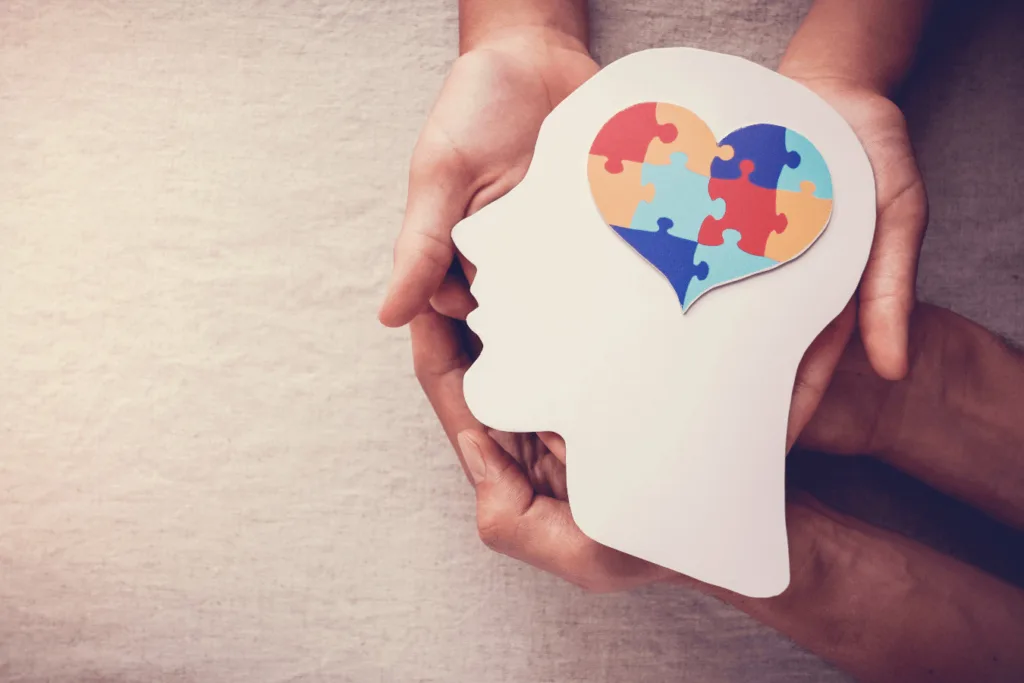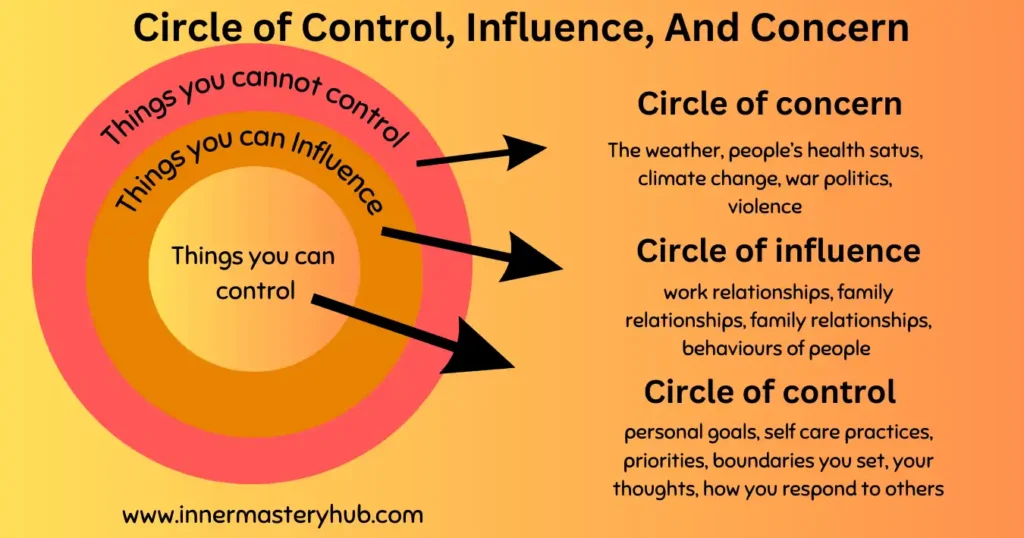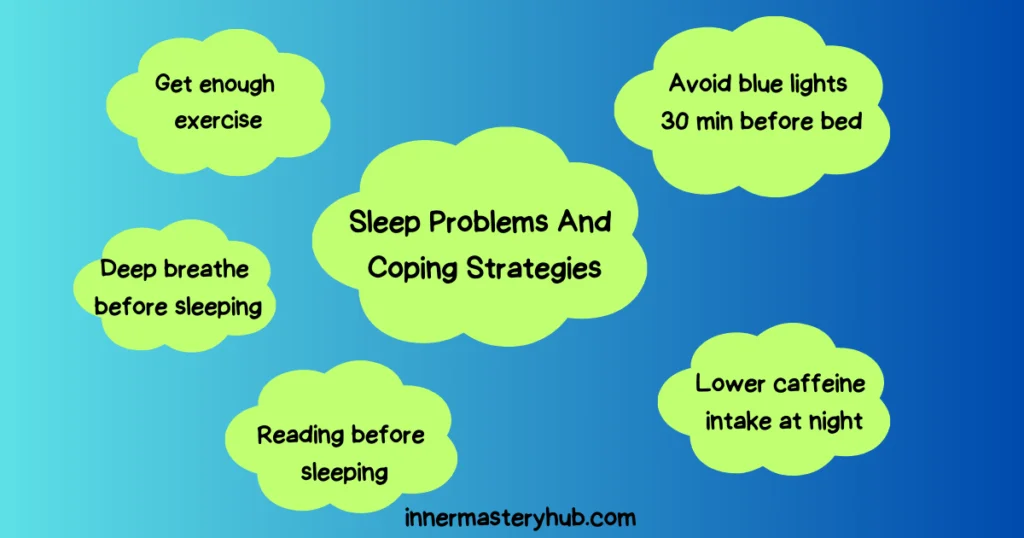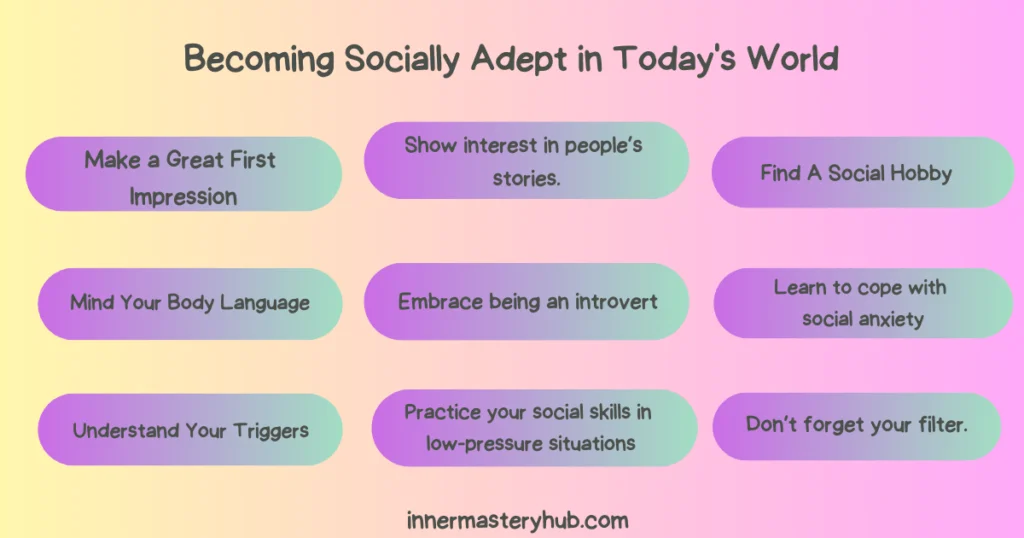
The dominant culture is the values, beliefs, customs, and norms most people accept and adhere to. People’s lives, interactions, and perspectives on the world around them are all strongly influenced by it. The most crucial aspect to understand about the psychological consequences of dominant culture on mental health is how cultural norms shape our lives.
Cultural dominance involves recognizing that dominant cultural norms, attitudes, and values can significantly impact people’s mental health in a given society. Recognizing this probable effect allows us to investigate how conforming to or suppressing this cultural assimilation affects many aspects of mental health. This will provide us with a greater understanding of how cultural hegemony influences our mental health.
RELATED: The Complexities of Racial Ambiguity: Identity, Challenges, and Empowerment
Table of Contents
Understanding the Psychological Dynamics
The dominant culture is one through which people make sense of their circumstances, form opinions, and build their identities based on multicultural norms. It can either be a source of strength or stress. Its influence operates on multiple levels, shaping:
1. Internalization and conformity
Growing up, individuals are exposed to and absorb their surrounding norms through family, education, and social interactions. This leads to internalization, where norms become internalized values and expectations governing thoughts, behaviours, and emotions. Conformity to these norms is driven by the desire for belonging, acceptance and avoiding social disapproval.
2. Cognitive biases and heuristics
Cultural norms can create cognitive biases, influencing how individuals process information and make decisions. Examples include confirmation bias, where individuals favour information that reinforces existing beliefs, and ingroup bias, where individuals favour their “dominant culture over others. These biases shape perceptions of reality and limit alternative perspectives.
RELATED: Critical Thinking skills
3. Emotional regulation and self-esteem
Counterculture dictates acceptable ways of expressing emotions. Suppression of emotions to comply with norms can lead to emotional dissonance and psychological distress. Similarly, cultural expectations regarding success, beauty, or wealth can negatively impact self-esteem if individuals fall short of them.
4. Identity formation and belonging
“dominant culture provides frameworks for shaping personal identities. Individuals may struggle with internal conflicts if their values clash with their subculture norms, leading to confusion and anxiety. Belonging to the dominant cultural group fosters a sense of security and self-worth while being marginalized can lead to feelings of isolation and low self-esteem.
5. Performance pressure and burnout
High expectations for academic success, professional success, or financial stability can put people under a lot of pressure, which can result in anxiety, depression, and burnout. People who don’t meet these expectations may also feel like they’re constantly being judged and inadequate.
RELATED: Locus of Control Theory In Psychology: Internal vs External
6. Gender roles and body image issues
Strict gender roles can limit people’s ability to express their emotions, make career decisions, and navigate relationships, which can lead to stress and dissatisfaction. Similarly, unrealistic beauty standards can result in low self-esteem, eating disorders, and negative body image.
7. Loss of purpose and meaning
People who live in a society that prioritizes materialism and personal success may have a sense of disorientation and wonder what the point of life is. Depression, existential crisis, and a detached feeling can all be increased by this lack of direction.
8. Loss of cultural legacy
Indigenous culture or Diverse cultural traditions and viewpoints may be in danger of disappearing if accepted without question. This may cause society to become more homogenized and lose its diversity and vitality.
9. Internal conflict and poor self-esteem
People may feel guilty and internally conflicted when their values diverge from society’s accepted norms. This may have a detrimental effect on one’s self-esteem and cause one to feel ashamed or inadequate.
RELATED: Discover the Top Self-Esteem Books to Transform Your Inner Life
10. Mental health issues
Stress, anxiety, and depression can be worsened by the need to fit in, particularly for those who belong to marginalized groups or who identify differently from the majority culture.
11. Monopolizing the media of communication
Controlling major media outlets, overrepresentation, and cultural hegemony are ways dominant societies can control the flow of information. Ownership and gatekeeping practices make it hard for people from non-dominant cultures to co-exist. This keeps dominant languages alive and reinforces assumptions. This monopolization shapes the stories people tell, often ignoring different points of view and making media portrayal unfair.
Examples
1. A young woman who was raised in a collectivist society moves to a country where people value individualism and struggle with gender roles. Focusing on her job success in her new environment goes against her cultural values, which put family and community first. This conflict makes people anxious and depressed and makes it hard for them to handle romantic situations.
2. A second-generation child with conflicting expectations: A kid raised by immigrant parents feels pressure to do well in school and get a good job because that’s what their parents think is right. But their interests and skills lie in the arts, which goes against what their family wants them to do. Dissonance like this can make it hard to figure out who you are, cause problems in family ties, and cause stress at school.
3. Religious minority facing intolerance: A student from a religious minority group at a university where there is a dominant religion feels alone and struggles to practice their faith publicly for fear of being shunned. This lack of respect and the possibility of discrimination can make people feel lonely, lower their self-esteem, and do worse in school.
RELATED: 3 Subtle Ways Depressed People Self-Sabotage
Recognizing the importance of acknowledging diverse cultural backgrounds in mental health care
Reasons to accept cultural diversity:
Improved diagnosis and treatment: Understanding a person’s cultural background and how it may affect mental health helps improve diagnosis and therapy.
Building trust and rapport: Clients are more inclined to open up and participate in therapy when they feel their therapist understands and respects their culture.
Community and individual empowerment: Recognising cultural influences on mental health helps individuals and communities to advocate for culturally competent services and build resilience within their cultural frameworks.
Mental health workers should get continuing cultural competency training to learn about varied cultural contexts and their effects on mental health.
Diversifying workforce: Diversifying mental health practitioners helps individuals with comparable cultural experiences connect.
Community-based programs: Culturally informed mental health programs and resources developed with local communities can improve access to care and well-being in varied groups.
Strategies for Psychological Well-being
Building and maintaining psychological well-being in diverse cultural realities requires individual and societal efforts. Here are some strategies for empowerment through cultural acceptance and self-discovery:
Cultural self-awareness: Understanding and accepting cultural values, customs, and perspectives. This prepares you for various cultures and variety.
Critical reflection: Questioning internalized cultural norms and biases and their effects on thoughts, feelings, and behaviours. This fosters personal growth and confronts detrimental cultural norms.
Connecting and supporting people from varied cultural origins, establishing safe environments for open discussion and understanding. Participating in cultural and community events can help promote acceptance.
Celebrating cultural heritage: Connecting with prior generations and ancestral wisdom via meaningful actions and customs. This enhances cultural identity and self-acceptance.
Fighting marginalization and discrimination entails actively promoting laws and procedures that uphold inclusion and social justice, as well as eliminating systemic injustices that disproportionately affect particular cultural groups.
Creating culturally competent support networks involves promoting services that are accessible to all groups and that are culturally sensitive, as well as making sure that mental health professionals are diversely represented in the field. This necessitates providing culturally competent information and interventions and training professionals in cultural competency.
RELATED: Escaping from Reality – Avoidance Or Healing?
Breaking Stigmas and Seeking Help
Taking Up the Pervasive Stigma Around Mental Health in Cultural Contexts
This section addresses the widespread stigma associated with mental health in cultural contexts. We seek to debunk myths and promote a better understanding of mental health issues by looking at cultural quirks. Addressing the stigma is the first step towards building an environment where folks feel supported and heard.
Promoting Open Discussions and Seeking Professional Assistance
In this section, we stress the significance of having candid conversations regarding mental health within cultural contexts. We hope to establish environments where people feel comfortable discussing their mental health by promoting dialogue and leadership communication within dominant-culture organizations. We also discuss the importance of professional assistance and emphasize its positive effects on mental health journeys.
Together, these initiatives help dispel stigmas, promote cultural sensitivity, and encourage a proactive attitude toward mental health.
Conclusion
To sum up, we’ve seen how the dominant culture can affect our mental health. It shapes how we think and feel. But here’s the important part: we must ensure everyone feels included and supported. Either culture can be a source of strength or stress. It might provide us with a feeling of support and community. It may also give rise to disagreements and miscommunications. Culture can have both beneficial and bad effects on mental health.
Let’s work towards a mental health approach that understands and respects different cultures. This way, we create a space where everyone’s well-being is valued.
Faqs
How does the dominant culture affect mental health?
Dominant culture may have a significant effect on mental health because it shapes social norms and expectations. Whether you follow or fight these rules can affect how you see yourself and cause stress. Some people may be affected by stigma, pressures to fit in, and cultural biases. This shows how important it is for mental health conversations and support systems to be culturally sensitive to promote well-being.
What are the culturally dominant groups?
Culturally powerful groups are different in different places and times. In some areas, the culture may be dominated by racial or ethnic minorities, judeo-Christian faith groups, or social classes. To fix power imbalances, encourage acceptance, and teach cultural sensitivity in diverse cultures, it’s essential to understand these dynamics.
What are examples of dominant values?
Different societies have different examples of dominant values, but some examples are democracy, family loyalty, individualism, and caring for the environment.
What is an example of a dominant culture?
An example of a dominant culture represents a multicultural society, which includes North America, African American communities, and Europe. It encompasses widely accepted norms, values, and practices influencing various aspects of life, such as individualism, democracy, and certain social norms. Dominant cultures can differ, and their influence varies based on geographical and societal contexts.
What are subcultures in the dominant culture?
Subcultures within a dominant culture are smaller, distinctive groups that develop their unique norms, values, and practices while existing within the dominant cultural economic or political power framework. These subcultures may form based on ethnicity, age, interests, or shared experiences, providing individuals with a sense of identity and belonging within the larger dominant culture.
What is the dominant culture in the organization?
When you work for a company, its predominant culture is the values, beliefs, and behaviours most people follow. It affects how workers interact with each other, make choices, and add to the workplace as a whole. The dominant organizational culture determines how it works, how people talk to each other, and what is expected of them. It also shapes the organization’s character and core values.
What strategies can help navigate the psychological impact of the dominant culture on mental health?
To deal with how the dominant culture affects your mental health, be culturally aware, look for groups that support you, celebrate your culture’s pride, and encourage open communication. To be healthy, you should learn about other cultures, fight stigma through education, get professional help, promote acceptance, build resilience, and participate in activities supporting different cultures.
How can breaking stigmas improve mental health outcomes in dominant cultural contexts?
Getting rid of stigmas in dominant cultural settings can make a big difference in mental health outcomes by making the surroundings more accepting and helpful. It promotes open communication and acceptance and lessens the shame of asking for help. People in the dominant culture are more likely to use mental health services, which can lead to early intervention, less stigma, and better overall health.
How can open conversations about mental health be encouraged in dominant cultural settings?
In places where one culture is dominant, encouraging open talks about mental health means making them seem normal, teaching cultural sensitivity, and using role models. Using language that includes everyone, setting up group events, and telling personal stories can all help break down stigma. Educational campaigns, peer support programs, and easy-to-find tools help promote conversation, making the environment better for mental health.
How dominant culture subordinate culture or cultures
In studying socioeconomic and cultural studies, the dominant culture in Canada, mostly the white population, has historically marginalized minority cultures by a majority of the population. For example, African American women faced restrictions, and their voices were often silenced.
Apartheid in South Africa is another instance where a white minority enforced racial segregation in 1948, limiting opportunities for the majority. In the United States, Asian Americans experienced challenges due to the dominance of Judeo-Christian values.
The concept of a dominant culture explains how dominant cultures institutionalize their values, making it challenging for subcultures to thrive (Antonio Gramsci). This is evident in Eurocentric educational institutions, social institutions, internalized homophobia, and racial diversity restricted from speaking.






